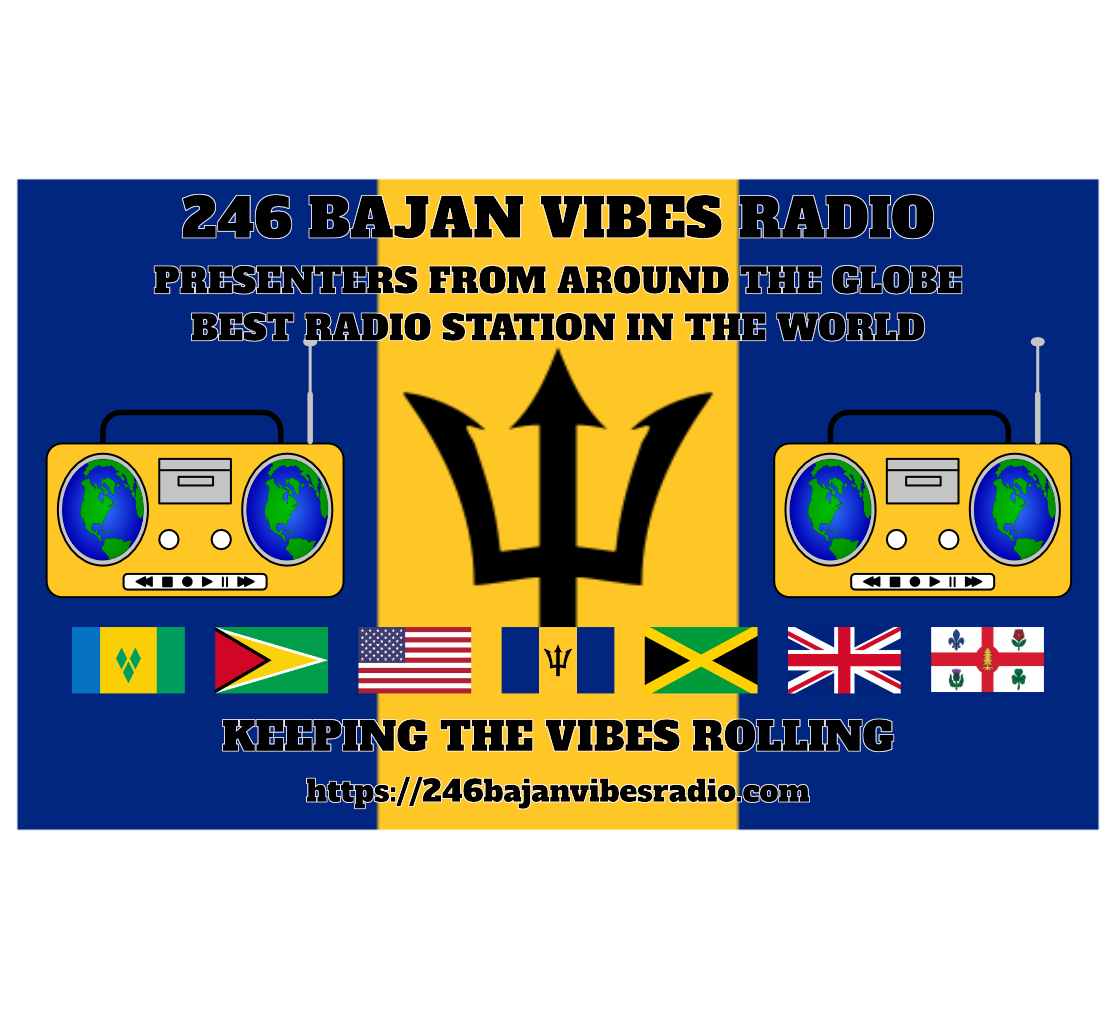Washington – Haiti is the only Caribbean Community (CARICOM) country that will benefit from a fifth and final round of debt relief for 25 low-income countries by the International Monetary Fund (IMF).
The IMF executive board approved the relief on debt service for the 25 member countries that are eligible for support from the Catastrophe Containment and Relief Trust (CCRT) with the Washington-based financial institution indicating that a further four countries are expected to request such relief in the coming weeks.
“The approval enables the disbursement of grants from the CCRT for repayment of total debt service falling due to the IMF over the next six months, with potential extensions, up to a maximum of full two years from April 14, 2020, subject to availability of sufficient grant resources,” the IMF said.
It was noted that the funds are intended to help some of the world’s most vulnerable countries tackle the consequences of the coronavirus (COVID-19) pandemic.
The extension of relief until April 13 next year means an additional US$115 million will be made available.
The IMF said it launched an urgent fundraising effort that would enable the CCRT to provide relief on debt service for a full two years, while leaving the CCRT adequately funded for future needs.
“This will require a commitment of about US$1.4 billion. Donors have already stepped up with pledges and contributions including a US$185 million pledge by the United Kingdom and US$100 million provided by Japan as immediately available resources. Other donors, including the People’s Republic of China and the Netherlands, are also stepping forward with important contributions,” the IMF added.
The CCRT enables the IMF to deliver grants to eligible low-income countries to cover their IMF debt service obligations in the wake of catastrophic natural disasters and during major global public health emergencies.
Eligibility for CCRT support is limited to IMF member countries with annual per capita GNI below the World Bank’s operational cut-off, or twice the cut-off for small states, generally the poorest and most vulnerable member countries. (CMC)

